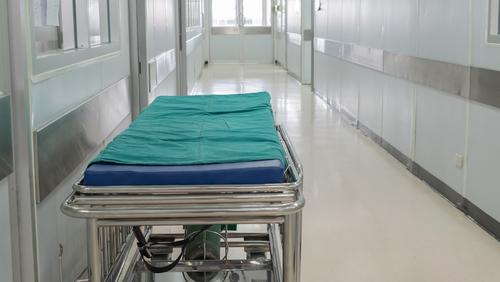The level of overcrowding in Galway’s hospitals improved significantly in May according to the latest figures from the INMO.
According to the Irish Nurses and Midwives organisation there were there were 502 people on trolleys in May, significantly less overcrowding than in April or the same time last year.
There were 454 patients on trolleys at UHG this month, down from 683 in April and 637 in May of last year.
In Portiuncula Hospital there were 52 people on trolleys in May, 20 more than the same month last year.
But it is also a colossal drop from 179 people on trolleys in Portiuncula in April.
Also an improvement, last month University Hospital Galway didn’t even make the list of the top five most overcrowded hospitals.
However INMO General Secretary Phil Ní Sheaghdha warned “We are entering the milder summer months, when predictable seasonal illnesses are lower yet the level of overcrowding is worsening.”
“Overcrowding in May 2019 is now at the same level as January 5 years ago. Clearly this is a capacity deficit and requires immediate investment in additional hospital beds.”
Overall there were 9,015 people on trolleys in Ireland’s acute hospitals this month, down from over 10,000 in April.
The worst hit was University Hospital Limerick with 1,102 people on trolleys, followed by Cork University Hospital (824), South Tipperary General (661), Naas General (479), and Letterkenny University Hospital (477).
“Considering the evidence of this continued increasing activity in our public health service, it is simply unacceptable that the HSE and Department of Health have introduced a recruitment pause,” Phil Ní Sheaghdha said.
“We know that this will simply lead to a chronic understaffing and overcrowding problem without any regard to person-centred solutions.”
“Overcrowding and understaffing mean patients take longer to recover. That means worse care, higher costs, and greater risk of infection. Investment in beds and safe staffing is key to resolving this ongoing crisis.”












